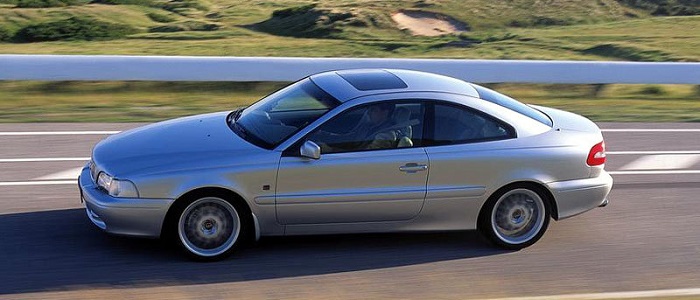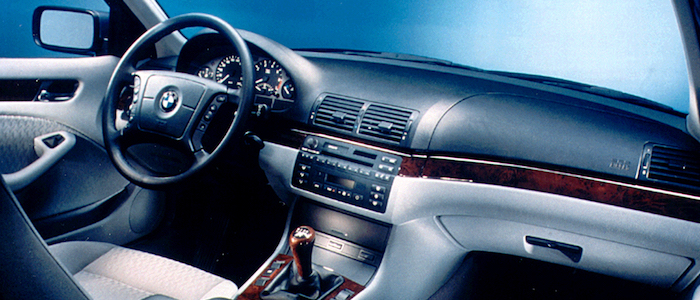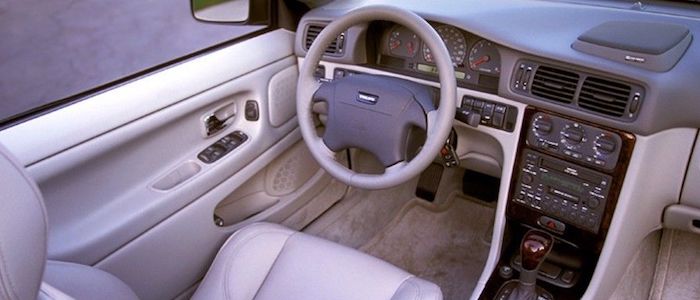Compare two cars
Compare any two cars and get our Virtual Adviser™ opinion
Marketing
Dimensons & Outlines
Engine
Performance (manual gearbox)
Performance (automatic gearbox)
Expenses
Virtual Adviser's™ opinion
We are here considering two somewhat similar cars, but we can't deny some of the obvious differences. For a start, they are not even classified under the same segment, with the BMW being a large family car and the Volvo representing sports car vehicle class. Another thing to take into account here is the wheel drive. The first one makes use of a rear wheel drive system, aiming at people who are enthusiastic about driving, and don't hesitate to push their car to the limit, even if that requires some additional effort in snow or ice, whereas the second one transfers the power and torque to the front axel only, making it perfect for those who use their car mostly to get from A to B, remaining in control during the slipery conditions.
SafetyThe fact that the BMW got tested by the European New Car Assessment Programme (Euro NCAP), while the other contender didn't, offers a slight advantage, as the 4-star rating is better than none. That aside, let's consider some other aspects which affect safety. The first vehicle is a large family car and that gives it a marginal advantage over the sports car competitor, at least that's what statistics show. On the other hand, when it comes to weight, a factor that most people underestimate, the Swedish car offers a considerable difference of 13% more metal.
ReliabilityI don't like generalizing things when it comes to reliability, although it does seem that Volvo does have a slight advantage, all the models observed together. That's the official data, while our visitors describe reliability of BMW with an average rating of 4.2, and models under the Volvo badge with 4.6 out of 5. Some independent research have also placed 3 Series as average reliability-wise, and C70 is more or less at the same level.That apart, owners of different cars powered by the same engine as the German car rank it on average as 4.5, while the one under the competitor's bonnet gets 5.0 out of 5.
Performance & Fuel economyBoth of the cars accelerate exactly the same, so we couldn't put one above the other. Car No. 1 reaches top speed of 210 kilometers per hour, 8km/h more than the other car. When it comes to fuel economy an obvious choice would be the German car, averaging around 7.2 liters of fuel per 100 kilometers (39 mpg), in combined cycle. That's 35% difference compared to the Swedish car!
Verdict
Volvo appears just a bit more reliable, although the difference is truly marginal. The most important thing when deciding between any two vehicles should always be safety, both passive and active. In my opinion, everything taken into account, the German car offers much better overall protection, which launches it ahead of the other contender. When it comes to performance, both vehicles provide similar experience, so I wouldn't point any of them out. the German car is in a different dimension economy-wise, and many people will find that crucial. All together, there's not much more to say, in this case I wouldn't even consider anything but BMW. In any case that's my personal view, built upon all the data available to me. What should decide here though is the way you feel about the two vehicles, and I hope you'll find my guidelines useful in the process. I suggest you spend two more minutes in order to find out which car, based on your needs and budget, would be picked by the virtual adviser™, out of 12.000+ vehicles we currently have in our database.































